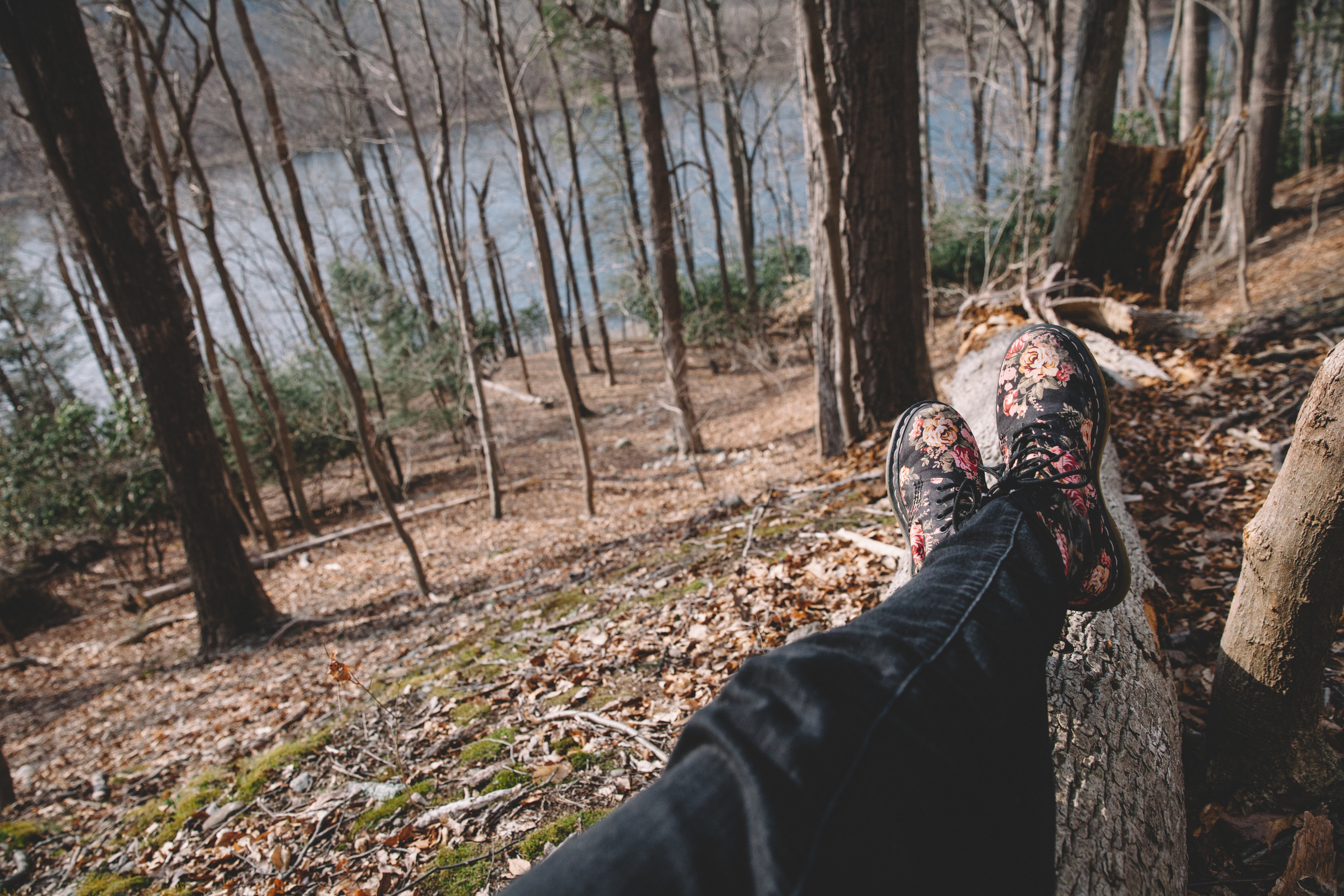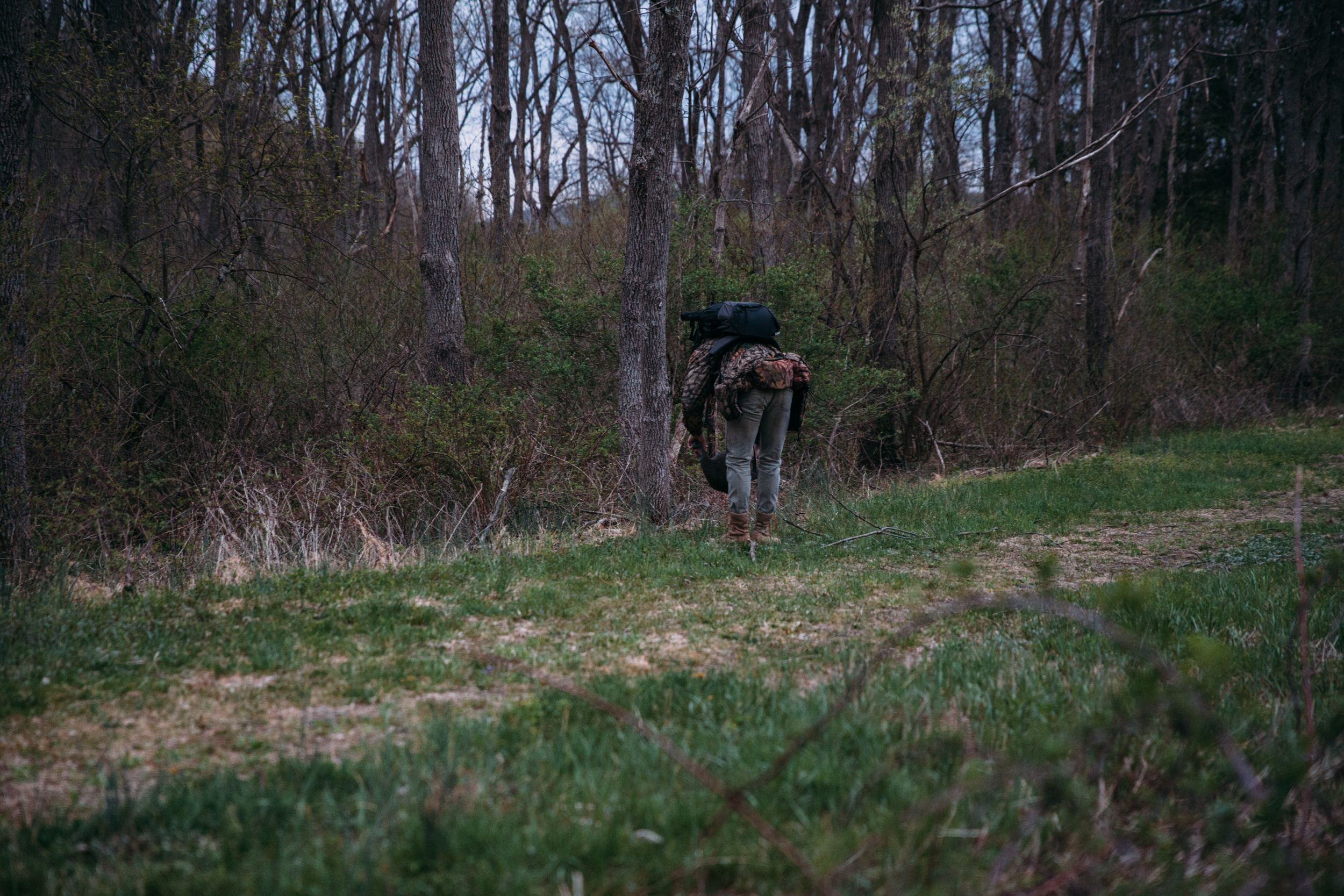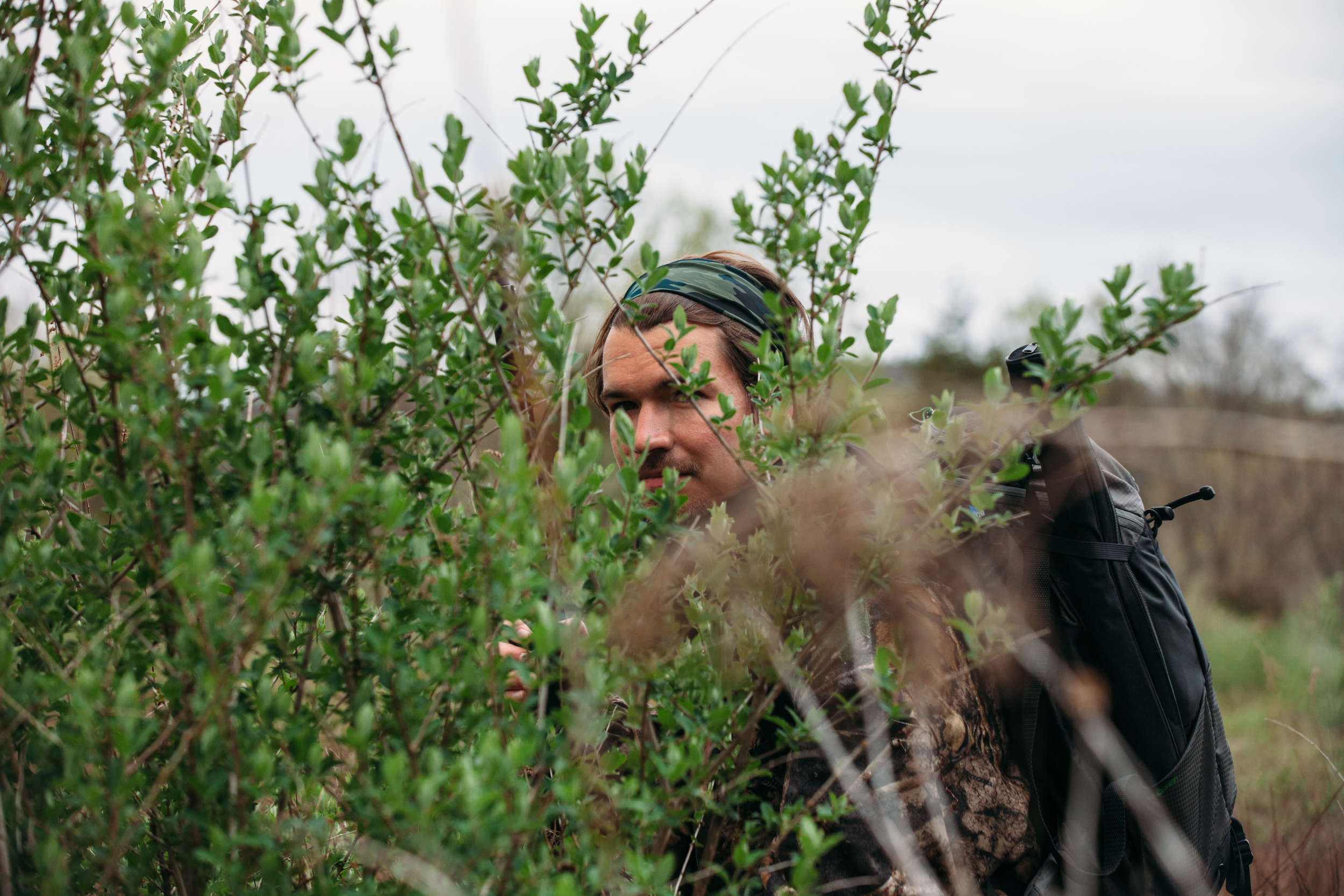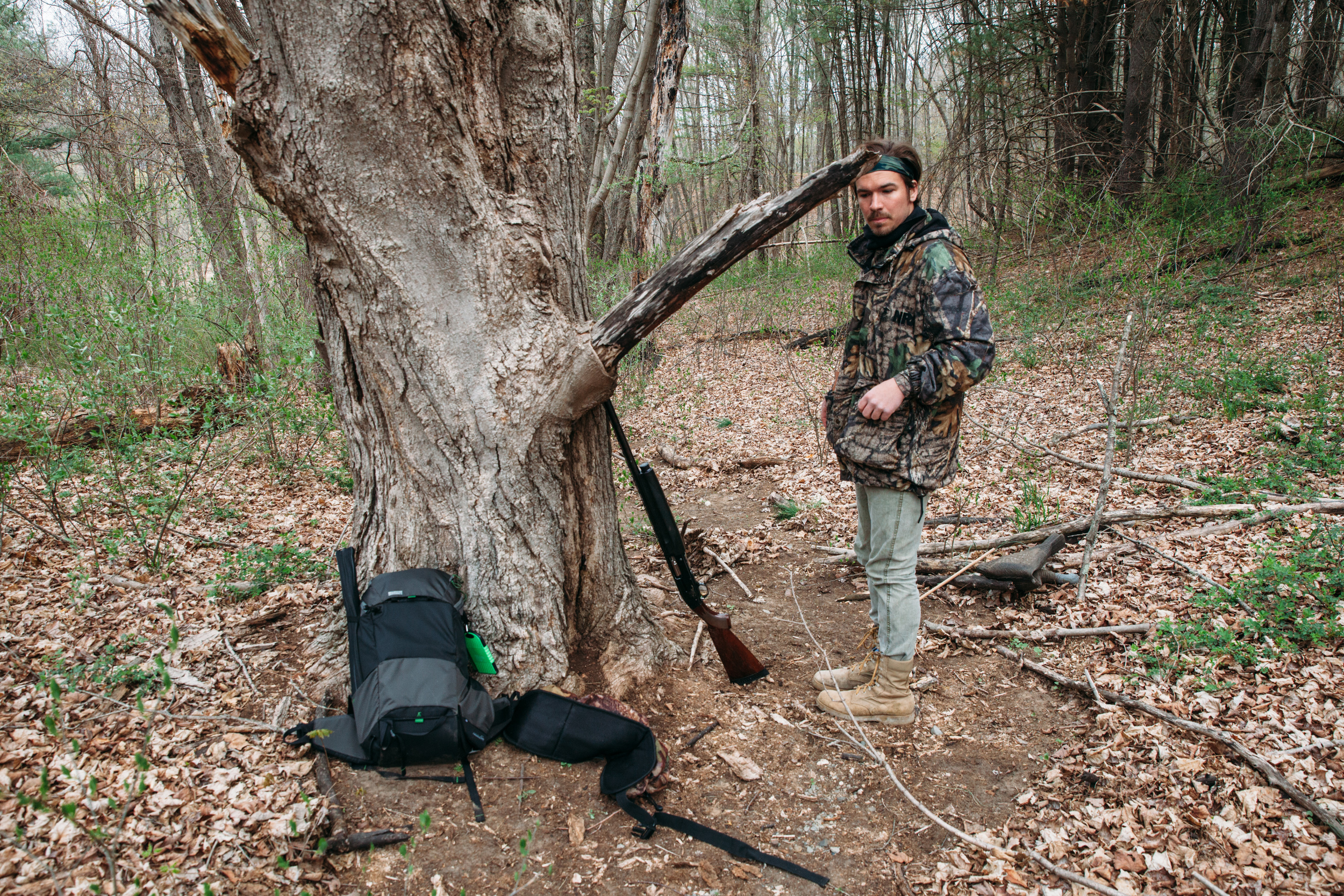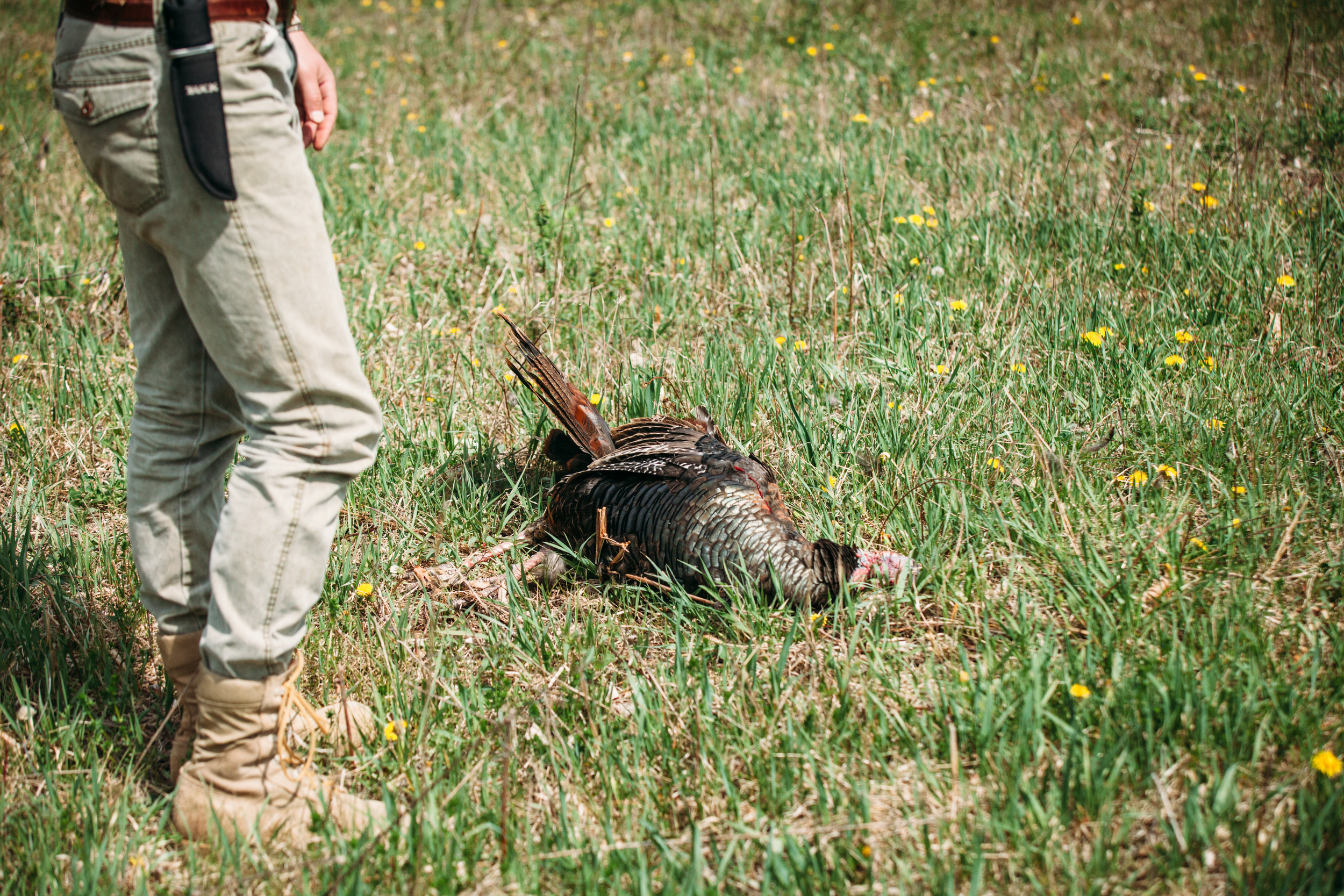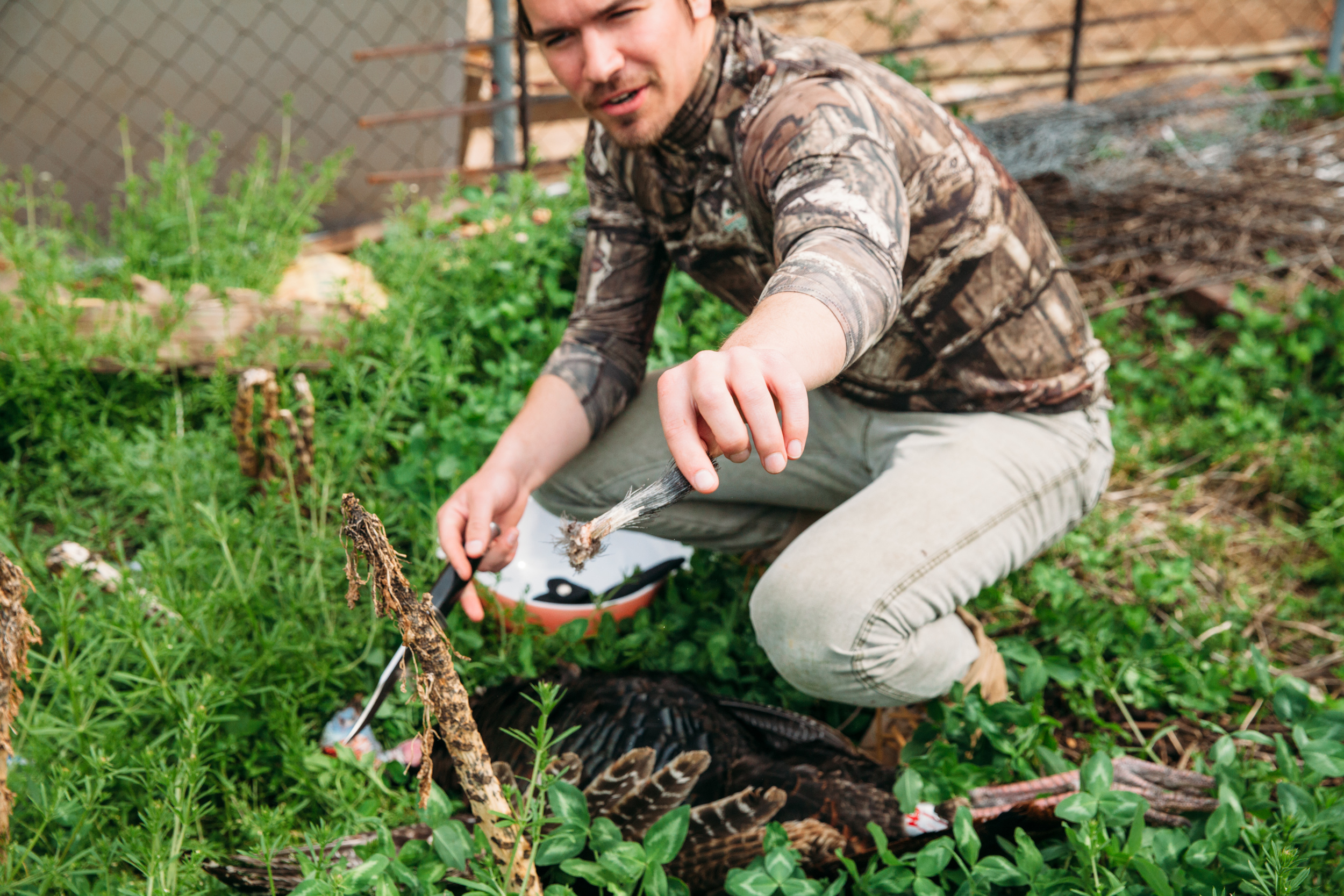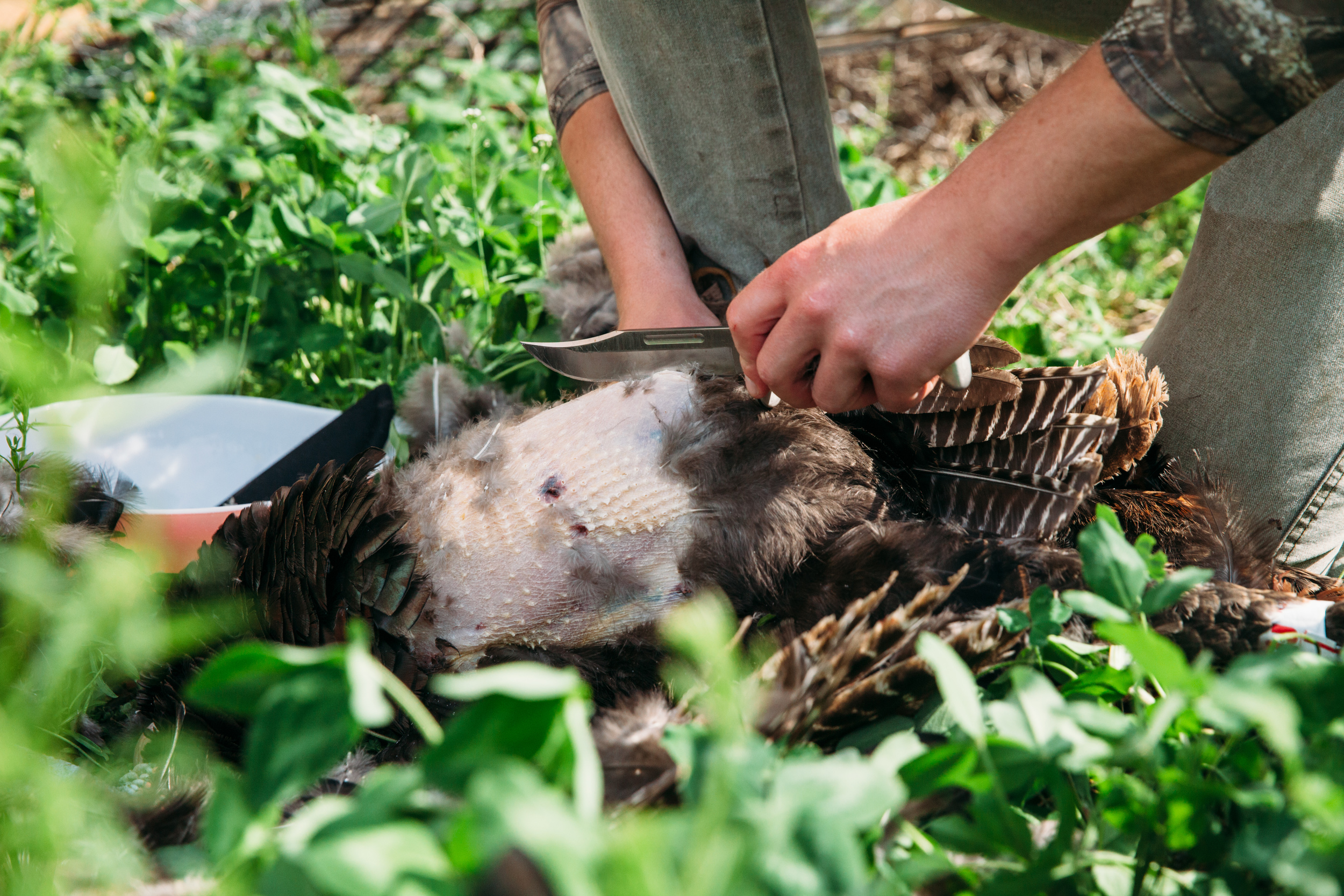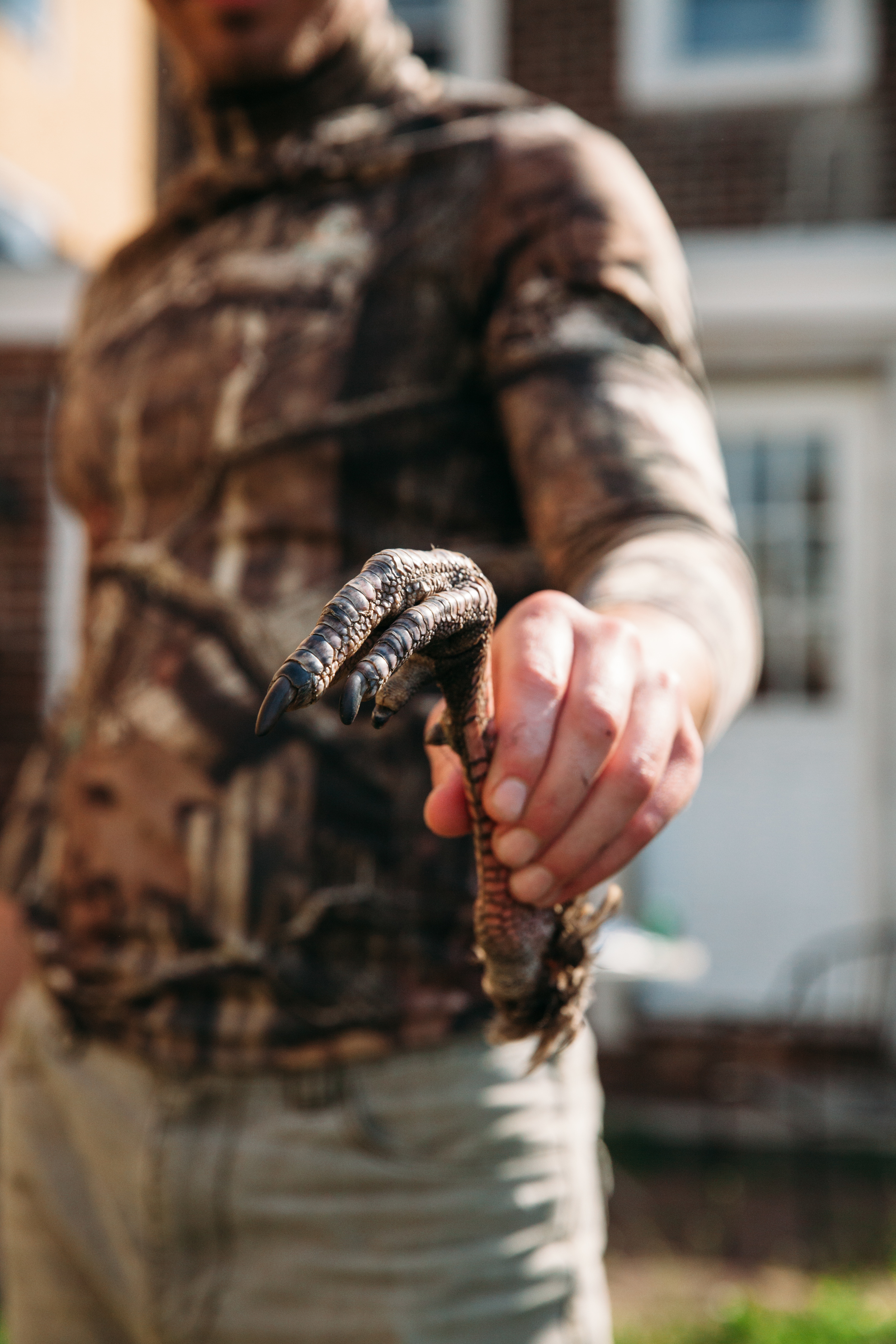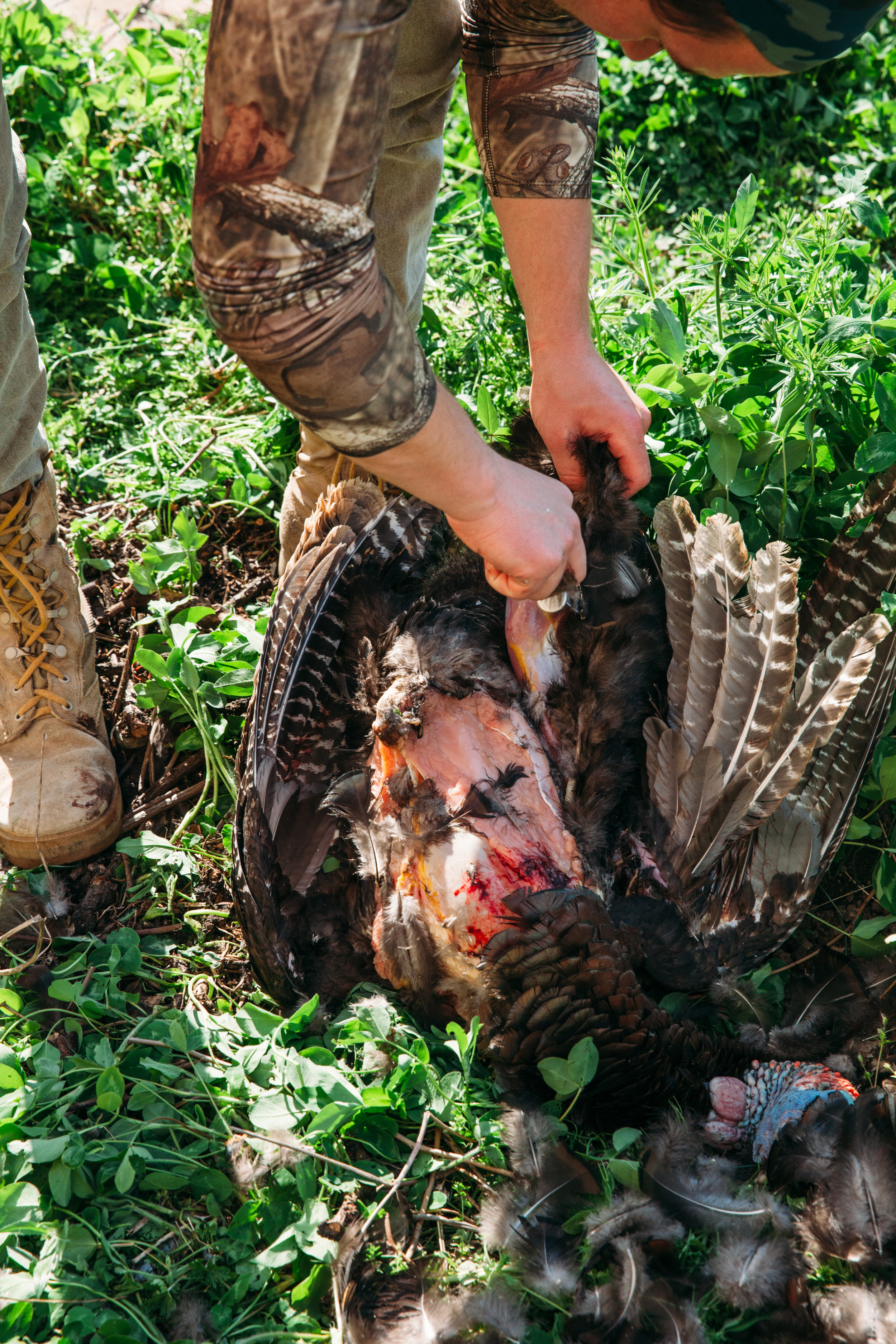“I wonder if the snow loves the trees and fields, that it kisses them so gently? And then it covers them up snug, you know, with a white quilt; and perhaps it says, "Go to sleep, darlings, till the summer comes again.”
― Lewis Carroll
Our fuzzy pup, Betsy!
She sniffs the snow and gets a snow beard. She loves it.
Can you see the snowball coming right at me?!
I used a cover for my camera and shot through it sometimes. It gave the images this dreamy affect.
Betsy loves the water anytime of year.
These geese came it so close! I love that they left the snow on their backs.
Snow Adventures Day 2
Snow beard is out!
Dead coyote
Betsy living her best life.
One of my favorite pictures of Betsers :)
































































































































